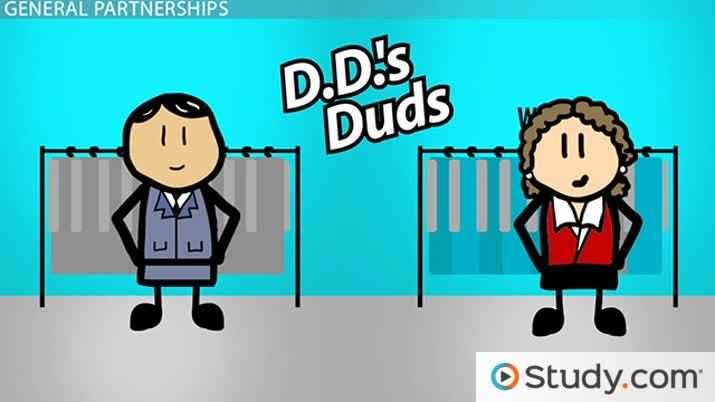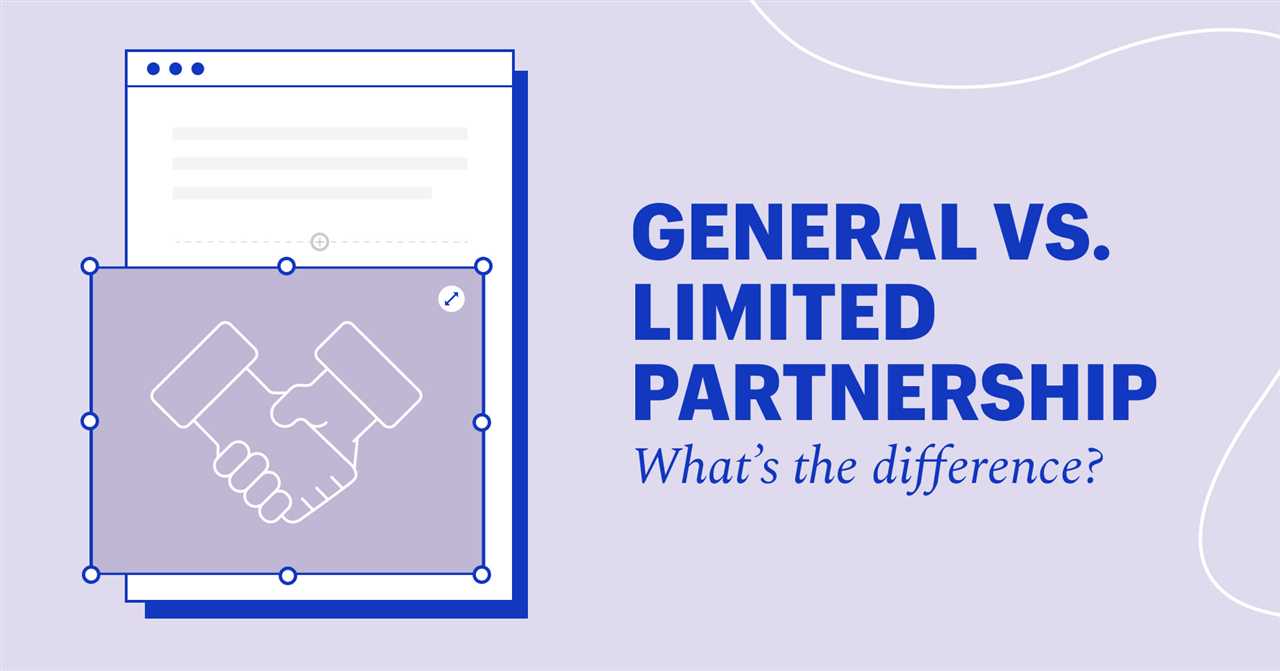Definition of General Partnerships

Unlike other forms of business entities, such as corporations or limited liability companies, general partnerships do not have a separate legal existence. The partners are personally liable for the debts and obligations of the partnership, meaning that their personal assets can be used to satisfy the partnership’s obligations.
One key characteristic of general partnerships is the concept of joint and several liability. This means that each partner is individually liable for the partnership’s debts and obligations, but they are also collectively liable with the other partners. This means that if one partner is unable to pay their share of the partnership’s debts, the other partners may be held responsible for the full amount.
General partnerships are often chosen by small businesses or professional practices, such as law firms or medical practices, where the partners want to maintain control and flexibility over the business. They offer a relatively simple and flexible structure, with minimal formalities and legal requirements.
Features of General Partnerships
A general partnership is a type of business structure where two or more individuals come together to form a business. Here are some key features of general partnerships:
1. Shared Decision-Making
In a general partnership, all partners have an equal say in the decision-making process. This means that each partner has an equal voice in determining the direction of the business, including making decisions regarding operations, finances, and strategic planning.
2. Shared Profit and Loss

One of the defining features of a general partnership is the sharing of profits and losses. Each partner contributes to the business financially, and in return, they share in the profits or losses generated by the partnership. The distribution of profits and losses is typically based on the agreed-upon partnership agreement.
3. Unlimited Liability

4. Joint and Several Liability
General partners have joint and several liability, which means that each partner is individually responsible for the partnership’s obligations. This means that if one partner is unable to fulfill their share of the obligations, the other partners are still liable for the full amount. It’s crucial for partners to have a high level of trust and communication to ensure that all obligations are met.
5. Flexibility and Informality
Real-Life Example of General Partnerships
General partnerships are a common type of business structure that allows two or more individuals to come together and share the responsibilities, risks, and profits of a business. To better understand how general partnerships work in real life, let’s take a look at an example.
Smith and Johnson Law Firm
Imagine two lawyers, John Smith and Sarah Johnson, who decide to start their own law firm. They both have extensive experience in the legal field and believe that by combining their skills and resources, they can create a successful business.
John and Sarah decide to form a general partnership, as it allows them to share the workload, expenses, and profits equally. They draft a partnership agreement that outlines the terms and conditions of their partnership, including the division of responsibilities, decision-making processes, and profit-sharing arrangements.
As a general partnership, Smith and Johnson Law Firm operates under the principle of joint and several liability. This means that both John and Sarah are personally liable for the debts and obligations of the firm. If the firm cannot meet its financial obligations, creditors can go after the personal assets of both partners.
Smith and Johnson Law Firm starts off by renting office space, purchasing necessary equipment, and hiring support staff. They begin taking on clients and handling various legal matters, such as contract negotiations, litigation, and legal advice.
Over time, the firm gains a reputation for providing high-quality legal services and attracts more clients. The workload increases, and John and Sarah decide to hire additional lawyers and support staff to meet the growing demand.
At the end of each fiscal year, Smith and Johnson Law Firm calculates its profits and losses. According to their partnership agreement, John and Sarah are entitled to an equal share of the profits. They use these profits to cover business expenses, such as salaries, rent, and marketing, and distribute the remaining amount as income to themselves.

Emily Bibb simplifies finance through bestselling books and articles, bridging complex concepts for everyday understanding. Engaging audiences via social media, she shares insights for financial success. Active in seminars and philanthropy, Bibb aims to create a more financially informed society, driven by her passion for empowering others.
